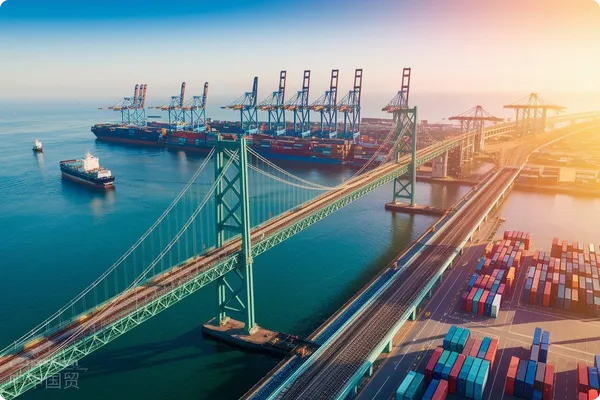- Shanghai Zhongshen International Trade Co., Ltd. - Two decades of trade agency expertise.
- Service Hotline: 139 1787 2118

Analysis of hidden cost traps in equipment imports
Latest 2025 customs data shows electromechanicalEquipment Importsproduct declaration error rates increased 18% YoY, with 67% directly causing clearance delays. AAutomotive partsmanufacturer faced 28-day port detention for a $3.8 million German production line due to HS code misclassification, incurring $127,000 in additional storage fees and penalty charges.
Core Value Analysis of Professional Agency Services
- Pre - review mechanism for technical documents: Early identification of CE/UL certification deficiencies
- Tariff optimization plan: Case study: 23% import cost reduction using ASEAN FTA
- Special transport management: Obtaining oversized equipment transport permits within 5 workdays
Key 2025 import policy changes
- Industrial robot import tariff adjustments
- Six-axis+ models: Base rate reduced to 7.5%
- Collaborative robots: Maintain 9% base rate
- Early enforcement of EU new Machinery Directive MDR2025/32
Cost comparison: Self-import vs agency model
| Project | Self-operated import | Professional agency |
| Document processing efficiency | International Transportation | Production Supervision |
| Abnormal handling costs | 8-12% of goods value | Fixed service fee rate |
| Transport damage rate | 1.8% | 0.3% |
7 selection criteria for premium agencies
- Possesses AEO Advanced Certification qualification
- Cooperative carriers include TUV-certified specialized transport fleets
- Industry case database contains import records of similar equipment
- Providing end-to-end visual tracking systems
Practical Risk Prevention Case Studies
When a semiconductor company imported lithography equipment from the Netherlands, the agency initiated a pre-classification procedure 3 months in advance. By applying a tariff classification dispute resolution, they successfully split the equipment components into 8 separate HS codes, reducing total tariff expenditure by $410,000 while avoiding risks from technology embargo clauses.
Importance of service network layout
High-quality agencies should establishEquipment Exportat least 15 offices globally, particularly in three core regions: Germany (for machinery equipment), Japan (for precision instruments), and the United States (for medical devices), where native-speaking technical consultant teams must be deployed.
Related Recommendations
? 2025. All Rights Reserved. Shanghai ICP No. 2023007705-2  PSB Record: Shanghai No.31011502009912
PSB Record: Shanghai No.31011502009912










